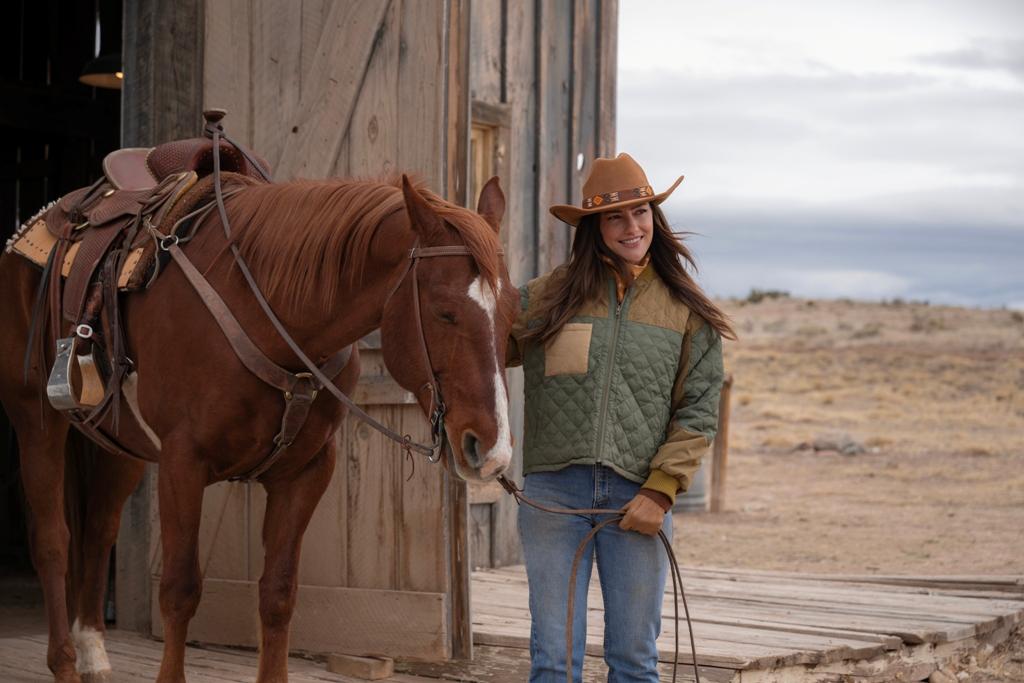The second film this week to feature a maniacal, uber-obsessive “artiste” chef, “The Menu” is a searing satirical thriller that lacerates and skewers both those who conceive and create impossibly ornate and fussy dishes and those who view eating them as gastronomical nirvana.
In a manner not unlike that of the nonfictional Chef Charlie Trotter in “Love, Charlie,” the fictional Julian Slowik (Ralph Fiennes) demands nothing less than absolute, unerring perfection from himself and his sycophantic staff, all of whom approach their work with the zest, zeal, and intensity of Navy SEALs.
Eclectic Guest List
On this night, the guests include three hotshot money managers with severe haircuts; restaurant critic Lillian (Janet McTeer) and her editor; a has-been actor (John Leguizamo) whose ego dwarfs his talent, and his female assistant; Julian’s mother; and an elderly couple who are “regulars” yet can’t seem to recall a single dish from past visits.In addition, there’s a final duo, who are the most interesting as they appear to have nothing in common with each other, and we later find out why. Tyler (Nicholas Hoult) knows every detail of Julian’s life and considers dining at Hawthorne be to a metaphoric journey to Mecca. He’s also fond of using snooty foodie lingo such as “mouth feel.” The indifferent Margot (Anya Taylor-Joy) can barely cloak her boredom with everything and barely eats anything, something that both fascinates and infuriates Julian.

Rounding out the cast is Hong Chau as Elsa, Julian’s right hand, who also acts as maître d’and floor manager. Also sporting a severe haircut, Elsa is professional and polite, smiles only when necessary, and isn’t beyond delivering stern admonishments to customers who interfere with the rigid, orchestrated flow of the evening.
Christie and le Carré
“The Menu” plays out not as a traditional three-act story but rather as two distinct halves. The first is all character development, in which just the right amount of time is dedicated to establishing the personalities of the 14 principals without doing so in a rushed or overly condensed manner. It’s not all that different from your standard issue Agatha Christie or John le Carré adaptation.The final 50 minutes are dedicated to the elaborate presentation of the meal itself, with each course being introduced with “Chef’s Table” inspired title cards and dish-origin commentary by Julian. By the time the third portion of the night is presented, the overarching theme is made clear, aided along the way by what Lillian nervously describes as “theater.”

The problem in going into plot detail from this point forward is that every bit of it also acts as a spoiler. On the upside, each morsel (pun intended) is unexpected and inches the narrative into social and class warfare allegories.
There’s the Rub
It is also made clear that all of the diners (save for Margot) are there for different reasons, but each is similar in that they have rubbed Julian the wrong way. It’s a perplexing Catch-22 for him; the very people wealthy enough to afford his food (or influence those who could) annoy him to no end.To a degree, Julian is correct; the lion’s share of haute cuisine consumers is as pretentious and above-it-all as the food they eat. Margot is dead on the mark when she states that Julian and those like him have taken all of the fun out of eating, words tantamount to shooting an arrow through his heart, followed by more words that melt it.
This movie isn’t for everyone. It’s intense, unforgiving, and pulls no punches. The filmmakers attack the anti-hoi polloi here with the precision of a brain surgeon’s scalpel and show no quarter in the process.






